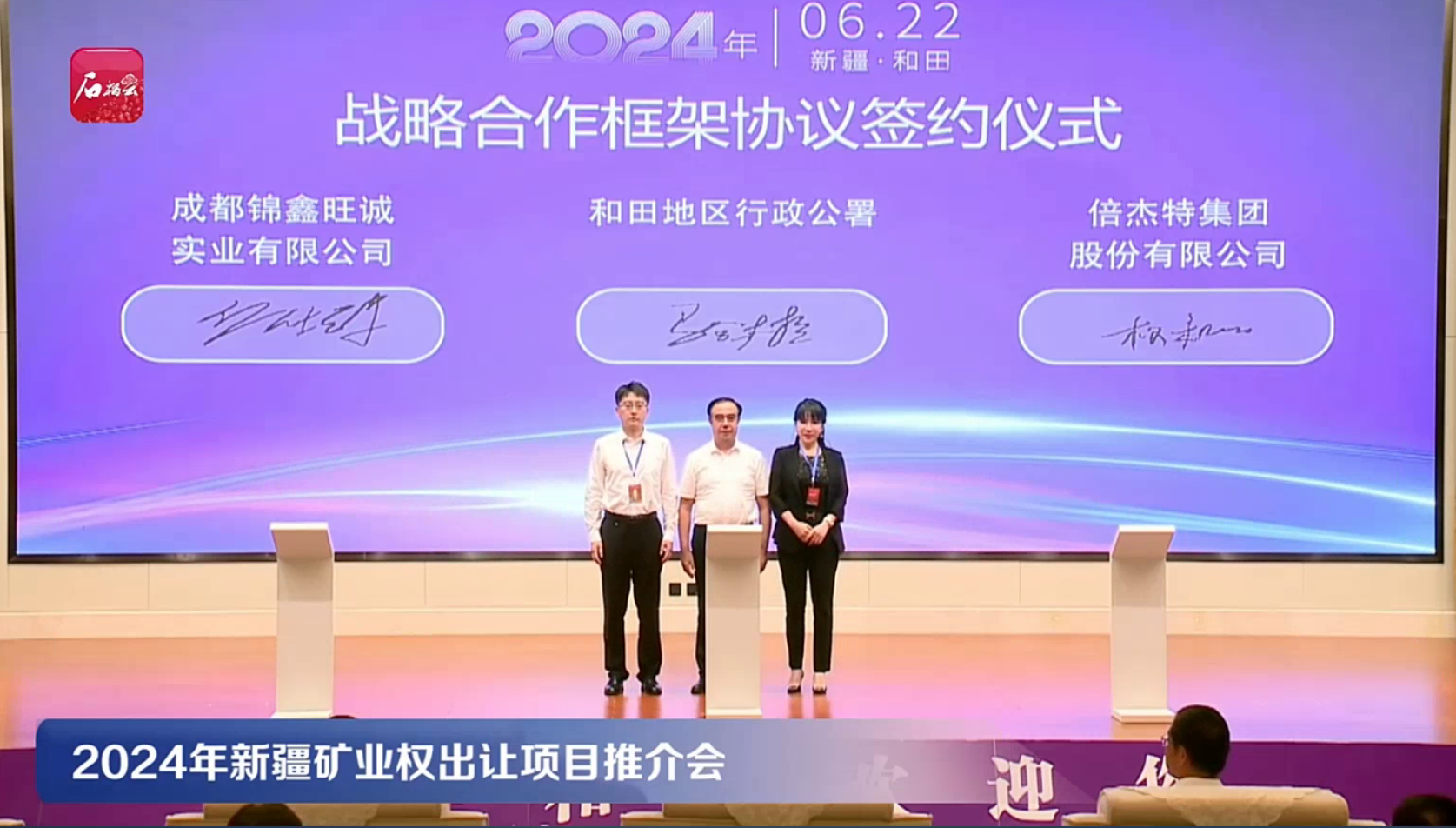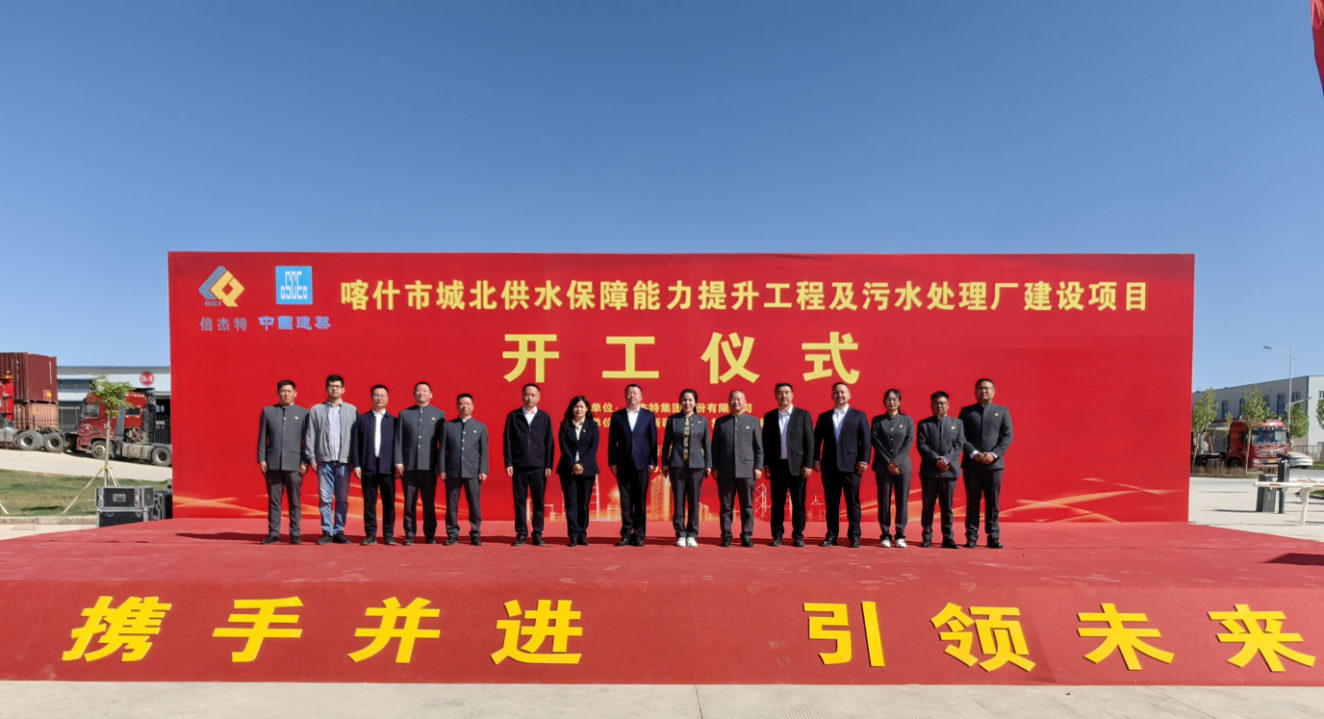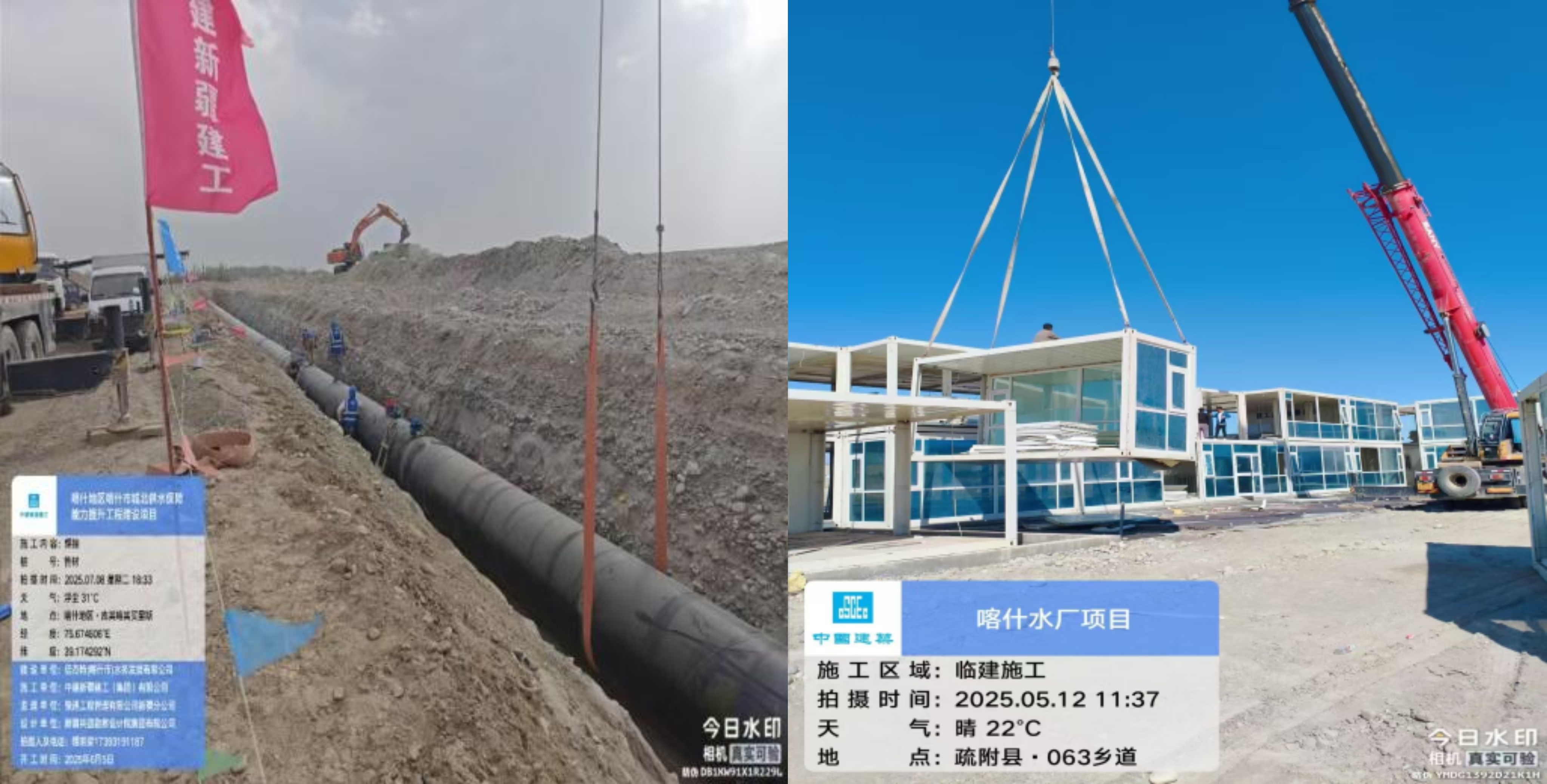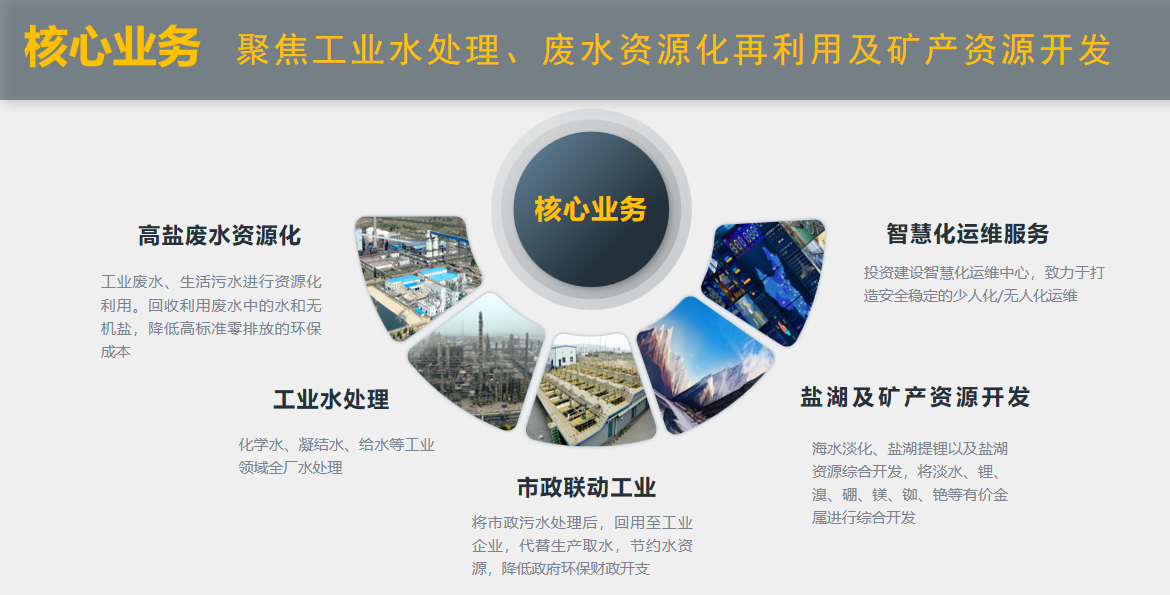
2025-08-06 17:01:04
From:admin
View:94
The 10th National Symposium on Targeted Assistance to Xinjiang has set a clear direction for new-era aid to Xinjiang: “Focusing on the development of Southern Xinjiang and promoting the construction of new-type industrialization and urbanization.” As a leading enterprise in the fields of comprehensive water resource utilization and lithium extraction from salt lakes, BGT Group adopts a dual-drive strategy centered on “water treatment + mineral resource development,” establishing a three-pronged support system for Xinjiang that integrates “technology empowerment, industrial development, and ecological conservation,” thereby continuously injecting momentum into improvements in people's livelihoods, industrial upgrading, and ecological protection.

Dual-Pronged Foundation-Building: Deeply Rooting Development in Frontier Regions
Adhering to the development philosophy that “water is the foundation of people's livelihood and minerals are the lifeblood of industry,” BGT has taken the lead in solidifying the development foundation of southern Xinjiang through project implementation. By 2025, the group will have invested nearly 2 billion yuan in Xinjiang, with business operations covering Kashgar, Hotan, Bayingoleng, and other areas, establishing a full-chain service capability from water operations to mineral development.

In the field of livelihood security, BGT has deeply focused on the development of southern Xinjiang, with the Kashgar North Urban Water Supply and Drainage Project, totaling 1.327 billion yuan in investment, as its core. Adopting a 30-year BOT concession model, the project will, upon completion, provide a daily water supply capacity of 79,100 cubic meters and a daily wastewater treatment capacity of 50,000 cubic meters, serving the water needs of 300,000 residents and industrial water demands in the Kashgar Economic Development Zone and the Central Asia-South Asia Industrial Park. Notably, the project's 40% wastewater reuse rate not only enhances the resilience of water resources in Southern Xinjiang but also safeguards the ecosystem through “circular water use,” providing a solid foundation for consolidating poverty alleviation achievements and driving regional economic development.
In terms of industrial development, BGT has leveraged the resource advantages of southern Xinjiang, securing six mining rights. The acquisition of the Toge'lak'bulak lithium mine in Ruoqiang County (43.97 square kilometers) further expands the resource potential of the Aljin mineral belt. The copper exploration project being advanced in collaboration with the Bayingolin Geological Brigade transforms “resource-rich mines” into job opportunities and supplement industrial momentum, closely aligning with people's livelihoods to drive development.
Dual-Drive Acceleration: Empowering Industrial Upgrading and Cluster Development
BGT adopts a “dual-drive” model as its core strategy, leveraging a full industrial chain layout to actively advance the construction of a new industrialization system, thereby supporting Xinjiang's “Ten Major Industrial Clusters” in their transition toward high-end and green development.

In the green mining sector, BGT leverages its mineral rights resources to establish an integrated “exploration, mining, beneficiation, and smelting” system. In regions such as Hotan and Ruoqiang, it strictly adheres to the “green mine” philosophy, synchronizing environmental protection measures with copper ore exploration and development to achieve harmonious development between resource exploitation and ecological conservation.
In the field of traditional industrial upgrading, BGT's technologies for high-salt wastewater treatment and near-zero emissions provide environmental solutions for pillar industries such as oil and gas chemicals and coal chemicals. The Kashgar project's service to the Central and South Asia Industrial Park has become a model for the integrated development of “industrial clusters + infrastructure.”
Dual-Drive Sustainability: Building a Sustainable Ecosystem Through Innovative Models
BGT has broken through the limitations of “input-based” aid to Xinjiang, establishing a sustainable closed-loop system rooted in “technology + industry + ecology,” making the dual-drive model more sustainable.
The localized application of core technologies such as lithium extraction from salt lakes and high-salt wastewater treatment has significantly improved resource utilization efficiency. Industrial development is anchored through models like BOT to ensure stable project operations; the Kashgar water supply and drainage project, expected to be completed by 2026, will become a benchmark for water management in southern Xinjiang. Ecological development is anchored through concepts like “green mines” and “near-zero emissions,” ensuring that every project becomes a vivid example of ecological protection.
This model has already demonstrated comprehensive benefits. The water resource recycling, equipment manufacturing, and logistics industries driven by lithium resource development, as well as the low-carbon experience gained from mining operations in the Kashgar project, have not only activated the enthusiasm of both the assisting and assisted parties but also provided a replicable model for Xinjiang's green transformation.
To deepen industrial and economic cooperation between Beijing and Xinjiang, combining Beijing's advantages in science and technology, talent, finance, and culture with Xinjiang's advantages in resources, location, and application scenarios to achieve “mutual pursuit, mutual empowerment, and mutual development,” the Beijing Aid to Xinjiang Hotan Command Center and the Xinjiang Uygur Autonomous Region Development and Reform Commission will host a concentrated promotion event for industrial aid to Xinjiang on August 12. During the event, the Beijing-Xinjiang Economic Cooperation Negotiation Activity will showcase Beijing's leading technological achievements, the outcomes of Beijing-Xinjiang industrial cooperation, and Xinjiang's industrial cluster advantages, establishing a multi-level, multi-dimensional platform for exchange and cooperation. Beijing-based enterprises will use this opportunity to further deepen cooperation with Xinjiang-based entities, jointly promoting the optimization and upgrading of Xinjiang's agricultural industrial structure and advancing regional coordinated development to a new level.

As an important participant in Beijing-Xinjiang cooperation, BGT will comprehensively showcase the practical achievements of its “water + minerals” dual-wheel model during the event. These practices not only serve as a model for the deep integration of “science and technology + industry,” but also provide a feasible path for “resource conversion + ecological protection” in the “mutual empowerment” between Beijing and Xinjiang. Bejie will continue to implement the spirit of the 10th National Symposium on Support for Xinjiang, striving to write a new chapter in industrial support for Xinjiang across its vast landscapes.